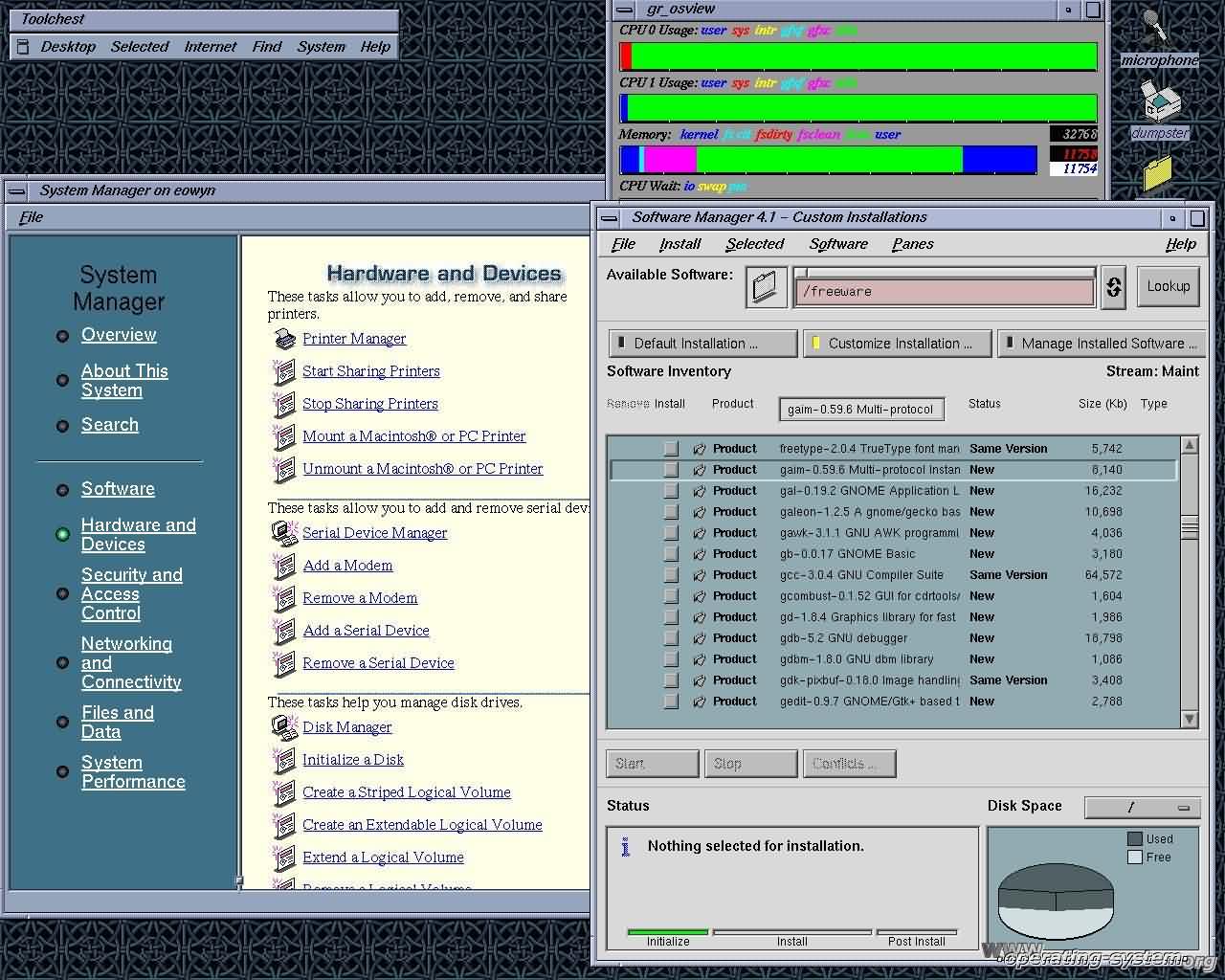We pseudoed, then implemented in Java as main language.
Yep, we were taught C#- and Java-style pseudocode first. Afterwards, it was real programming with C++. Pretty weird order of teaching programming, in my opinion. I believe that they should’ve started with Python first since that’s easier than the pseudocode we encountered.
Back to the topic.
BeOS and Haiku have system architectures/models which make them ideal for multimedia applications. At the moment, there is no low latency/realtime OS with content production in mind, a GUI, and good security in one system. Haiku could possibly become this.
It already ticks two out of three of these and the latter could be done (once multi-user support is present) by having applications isolated and containerized. Containers could theoretically be implemented by expanding the current application packaging and installation scheme. If it can actually be done along with some improvements in the graphics stack, the media industry may latch onto it fairly quickly. Big productions would especially love it since they try to prevent leaks from happening. Artists in the movie, television, and music worlds (as of time of posting) have to work mainly in machines disconnected from any outside (or any) networks, which can be cumbersome. A Haiku with containers and even a bit of accelerated 3D support has the potential to be very enticing for them.
Once this happens, software improvements should come quite fast afterwards. A similar situation happened for Linux. When people noticed that rendering 3D models and effects on Linux was generally faster than Windows or macOS, that’s when huge improvements to the graphics stack started coming in; not to mention, professional-grade programs such as Autodesk Maya, Substance Designer and Painter, and Pixar’s Renderman began to arrive. Nowadays, the majority of 3D animation studios and VFX companies are so heavily reliant on Linux and OSS that there is already a foundation from Hollywood dedicated to improving open source code for use in their work environments; it is called the Academy Software Foundation (ASWF) and here’s an article about it.
Something like that could happen with Haiku if it progresses in the right areas. To have it be widely used in multimedia would be fitting given that its spiritual predecessor was used a lot for making media. What an appropriate fate if it comes to pass, right? 
Addendum: It’d be great if Haiku can get support for Tensorflow and Tensor cores. It would be a great match considering that the OS itself is built around multithreading and applications on it are “pervasively multithreaded”, to borrow a phrase from the BeOS days. Any other technologies that would pair well with Haiku (besides Vulkan  )?
)?
 )
)
 ) available.
) available.
